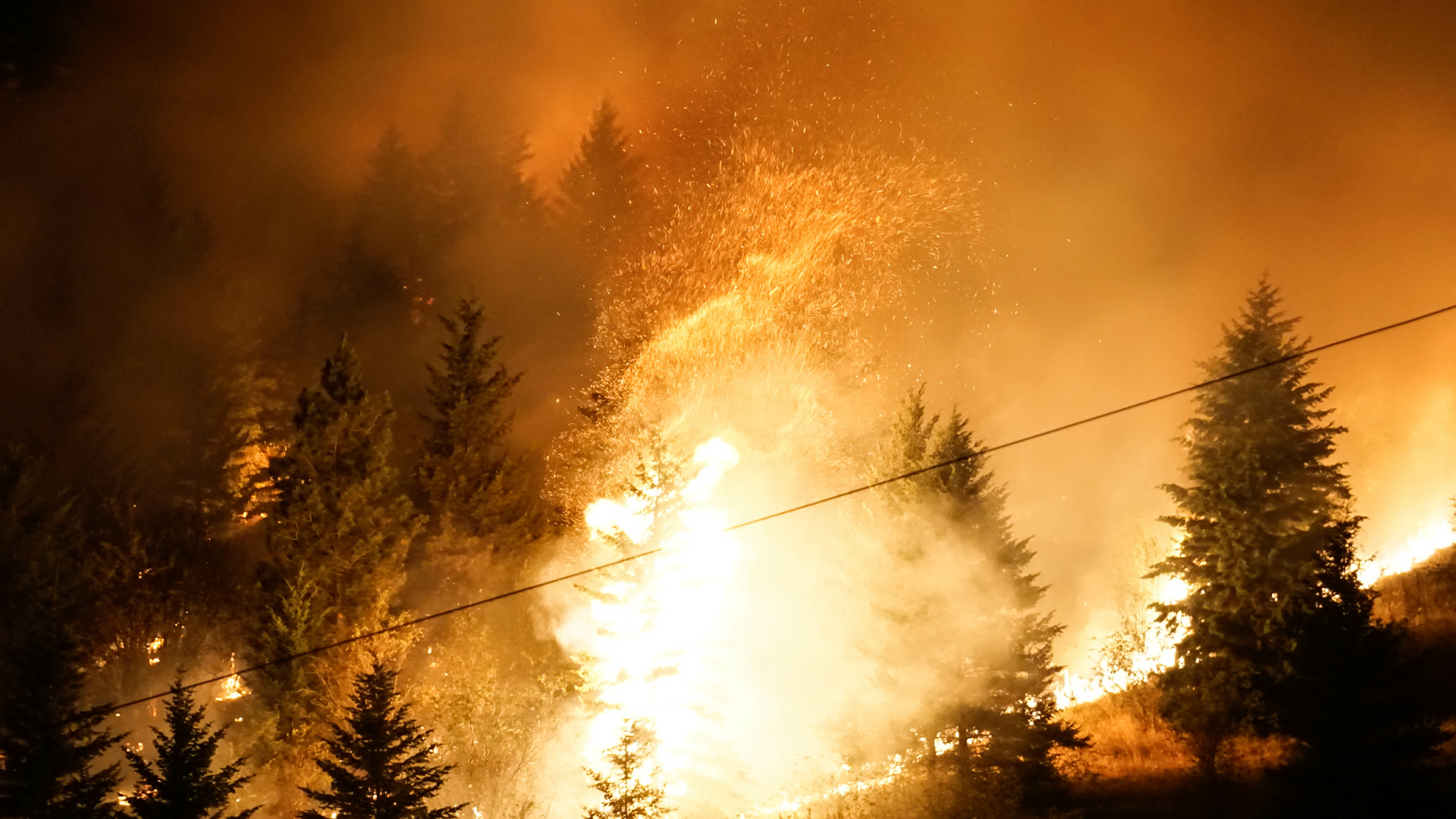
Even to the best minds on Wall Street, banks always appear stable – until the minute they aren’t.
Just days before it crumbled alongside Signature Bank, Silicon Valley Bank was rated “A” by Moody’s Investor Services – failures that led the U.S. Federal Reserve to extend a $318-billion safety line in the largest worldwide banking failure since 2008.
A similar hubris characterized previous crises. As late as July 2008, then-Treasury Secretary Henry Paulson assured Americans that “our banking system is a safe and a sound one.” In the mid-1990s, managers at Long Term Capital Management bragged that their risk management models were so robust their fund would be unlikely to collapse through the course of several lifetimes of the universe. The fund went bankrupt in 1998, four years after its founding.
The financial industry supposedly knows what it’s doing. There’s an entire theory behind this, known as the “efficient-markets hypothesis.” Yet, since the demise of the Bretton Woods architecture in the early 1970s, the frequency of financial crises has more than doubled. It is no coincidence that this increased instability overlaps with the era of banking deregulation and capital accounts liberalization, in which the size and power of the financial sector has increased relative to the real economy while fueling dangerous cycles of speculation and asset-price inflation.
But these crises pale in comparison to the economic havoc that could be unleashed by the breakdown of the global climate system. Canada’s five largest banks have provided more than $700 billion to the fossil fuel sector since 2015, fueling a “doom loop” in which investors fund actions that lead to climate chaos, which in turn undermines financial stability. Although there have been some positive steps, including new risk-disclosure guidelines for financial institutions, Canada must go much further to mandate that our companies and firms are aligned with a climate-safe future.
Financial models are supposed to be able to price risk. However, there is a fundamental difference between risk, which is measurable, and uncertainty, which is not. When asked to explain to the public how it was possible that the U.S. housing market could nosedive in such a disastrous way in the early 2000s, former Fed chair Alan Greenspan attributed it to “a flaw in the model.” At the time, analysts generally understood that falling housing prices would spell collapse, but they assigned that risk a very low probability. To use a statistical term, it was a tail risk – one that everyone was incentivized to ignore.
Climate catastrophe is the mother of all tail risks. It is characterized by a degree of fundamental uncertainty due to the non-linear nature of environmental tipping points that makes accurate forecasting almost impossible. Building on Nassim Nicholas Taleb’s concept of a “black swan,” the Bank for International Settlements has popularized the notion of a green swan to refer to unpredictable climate-related risks with the potential to undermine global financial stability.
We are currently staring down an abyss of green swan-type events. The world is nowhere close to meeting the Paris Agreement targets on reducing greenhouse gas emissions. Even considering nations’ updated pledges, global emissions are on track to increase by 16 per cent by 2030 – and that’s if these goals are met. To have a chance of limiting warming to two degrees Celsius above pre-industrial levels, the Intergovernmental Panel on Climate Change (IPCC) says emissions need to fall 45 per cent by 2030.
We are on track for a 2.7-degree Celsius rise, but there is now evidence that cascading climate feedback loops could be triggered as early as a 1.5-degree increase, causing irreversible, exponential warming. A report by the Tyndall Centre for Climate Change Research estimates that a 3.7-degree temperature rise would cause $551 trillion in damage, which is more than all the wealth that currently exists in the world. The CEO of AXA Insurance says a four-degree rise would make the world “uninsurable.”
Oil companies and the financial risk of climate change
Unfortunately, financial flows are not shifting in a way that will reduce these risks. The world’s 60 largest banks have given US$5.5 trillion to the fossil fuel industry in the last six years. Oil and gas companies are set to invest US$4.9 trillion in fossil fuel industry expansion over the next decade, dramatically overshooting the global carbon budget.
Canada prides itself on having strong financial regulations, ones that allow our country to weather crises that destabilize other nations. However, as a major fossil fuel exporter, our economic system is wholly unprepared to contend with the myriad risks of climate change. Canadian producers are on track to expand annual oil and gas production by 30 per cent by 2030. While Canada needs to spend $70 billion in green investments to transition its economy, currently we invest only $10 billion per year. As the world wakes up to the risks of climate change and accelerates action, a study in Nature Climate Change finds that Canada could face more than $100 billion in stranded assets, while the Bank of Canada estimates that our economy could experience an eight-10 per cent decline in GDP in some circumstances.
Our current rules are not enough to prevent these calamities. Beyond risk disclosure, companies should be required to adopt science-based emissions targets and credible climate transition plans that are explicitly 1.5-degree aligned. The proposed Climate-Aligned Finance Act, introduced by Senator Rosa Galvez, is a landmark piece of legislation that would align our financial system with our climate commitments, particularly by introducing new capital requirements for banks. While the act is currently stalled in the Senate, it should be at least brought to committee for study so that Canadians can learn more about how climate risks will impact their investments and their future.










